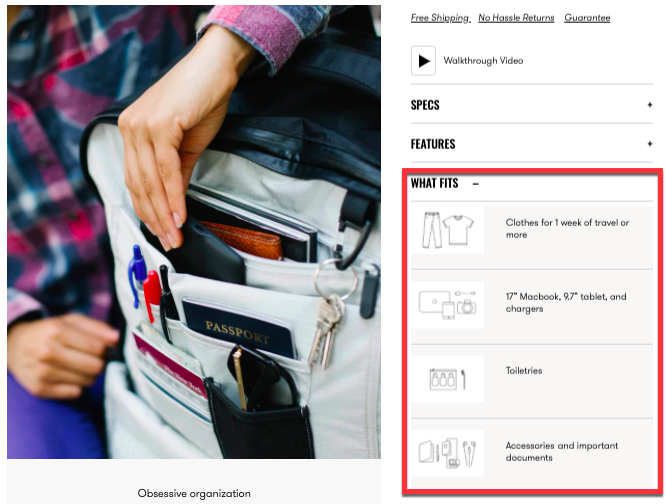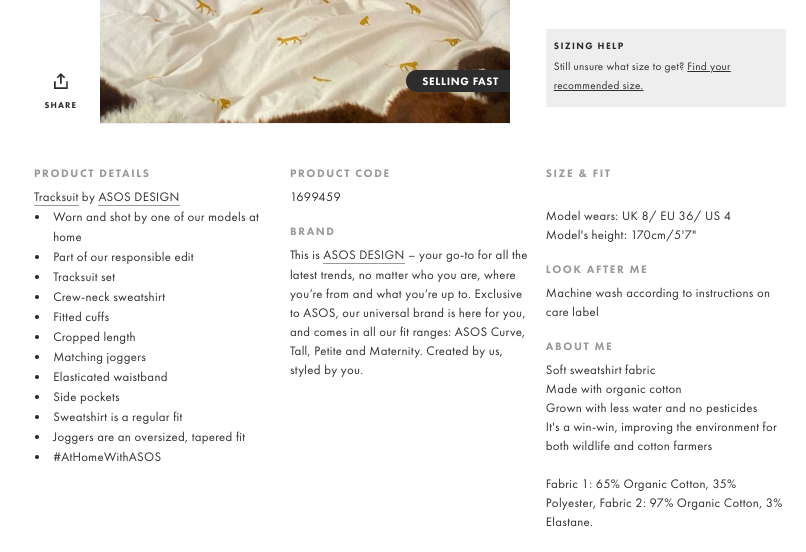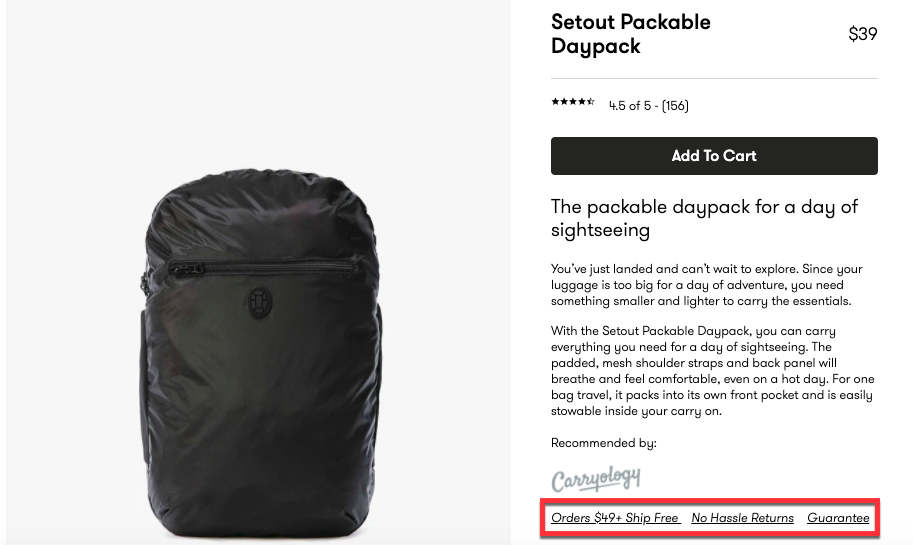How to earn customer trust when you’re a new ecommerce business
How likely are you to buy a product from a new online store you know nothing about? You’d probably search for reviews from past customers to make sure the business is legitimate and trustworthy, right?
That’s what all shoppers do, including your prospects. They look for information on the validity and authenticity of your business on your site and elsewhere to ensure that making a purchase is safe.
But if you’re a new ecommerce business with no sales or reviews from past customers, how can you increase the trustworthiness of your online store and the likelihood of a first-time shopper buying from you?
In this post, we’ll share a few tips on how to earn customer trust, quell doubts and help shoppers feel confident about making a purchase from your new online shop.
Provide a great user experience
Are you making a great first impression when first-time shoppers land on your homepage? Is it clear what you’re selling? Is it easy to browse through your shop and navigate to the different categories of products you’re selling?
Your homepage is like a digital welcome mat so make sure you’re doing everything you can to make people feel welcome and provide the guidance they need for where they can head next.
Here are a few things you can do to ensure your homepage feels welcoming and trustworthy:
- Have a clear navigation. Since this is often one of the first features your visitors will interact with, it’s important to get it right. So, make sure your navigation menu lists your main categories of products so visitors can quickly jump to the one they’re interested in.
- Cut out all unnecessary clutter. Remove any extra information or design elements that don’t add real value to your homepage.
- Ensure all your content is easy to read and error-free. Use a tool like Grammarly or Hemingway to check your entire website’s content and correct any grammar issues. You’d be surprised how many shoppers notice these mistakes when evaluating the trustworthiness of a website.
Include detailed product information
You’re more likely to sell a product if it includes a detailed description with information about size, materials, ingredients, weight, and more.
So, try to be as specific as possible so people know exactly what they’ll receive after clicking that “buy” button.
Of course, the best thing you can do is to add high-quality photos and videos to present the product. Images and videos are very effective at helping people to imagine using it. The clearer they can see it, the more likely they are to believe you can deliver what you say you can in your product description.
Here’s a great example from Tortuga:

Not only do they have a description of the product with detailed specs and features, but they also have a section called “What fits” so customers can get a better idea of how many items they can fit into this backpack.
Here’s another example from Asos:

For more on creating compelling product pages and descriptions, be sure to check out these two articles:
Address common buying concerns
There’s nothing that raises doubts like hidden or lack of information on shipping costs, returns. Want to build trust and ensure customers feel relaxed to click that “buy” button? Then make sure every aspect of the transaction is easy and transparent.
This means making all this essential information visible to the shopper on the product page, checkout page and dedicated pages on your ecommerce website. So if a customer wants to know the cost of delivery, what payment options are available or how they can get a refund, they should be able to find that information quickly.
Add a FAQ page on your site, and link to it from the product pages. Also, include a link to your refund policy on your product pages and in your navigation menu so it’s easy to find.
Check out this example to see how you can add that information to your product page:

Need more advice? Read these two articles to learn how to create FAQ and return policy pages, the type of information to include and where to display them to shoppers browsing through your ecommerce website.
- How to create a useful FAQ page
- Five tips to create a great return policy and earn more loyal customers
Make it easy for customers to reach out to you
Shoppers who are unsure about your online shop or a specific product may want to reach out to you. Make sure that your contact information is visible on all pages, and that you have dedicated Contact and About pages where they can learn more about your business and how to get in touch.
So, what type of contact information should you display on your site? The must-have include email address, phone number, and social media profiles. Your Contact page should also include your physical address and any other legal information that customers might need to know.
Now, for quick support, you might also consider adding a chatbot to your online shop. Not sure if you need it? Read this post to learn more about the benefits of using chatbots for customer support.
Show customers that you take security seriously
Customers are wary about giving anyone their personal information and credit card details. So if you want to reassure them that their security is your priority and that it’s safe to buy from your online store, you need to use a SSL certificate.
A SSL certificate encrypts any data exchange between your site and your users. This helps to make your website more secure when a user shares any sort of sensitive information with you via your site, be it credit card details or any other personal information.
SSL-secured websites usually have a green padlock or message displayed in the URL window that tells people that a site is secure.
So if you want shoppers to trust to buy from you, make sure you get a SSL certificate now. See our available SSL certificates and choose the one that best suits your needs.
Wrapping up
It’s not easy to earn shoppers’ trust when you’re a new ecommerce business with no customer reviews or social proof. Fortunately, there are a few things you can do to inspire trust like providing detailed product information, addressing buying concerns and being available to answer any questions and concerns. We hope you’ll find these ideas helpful as you win those first crucial sales.
